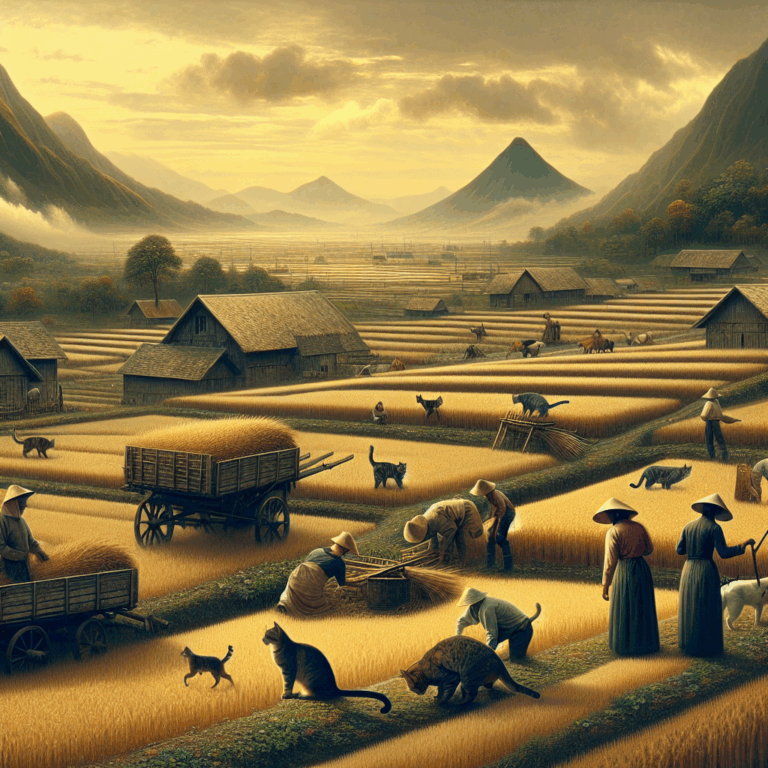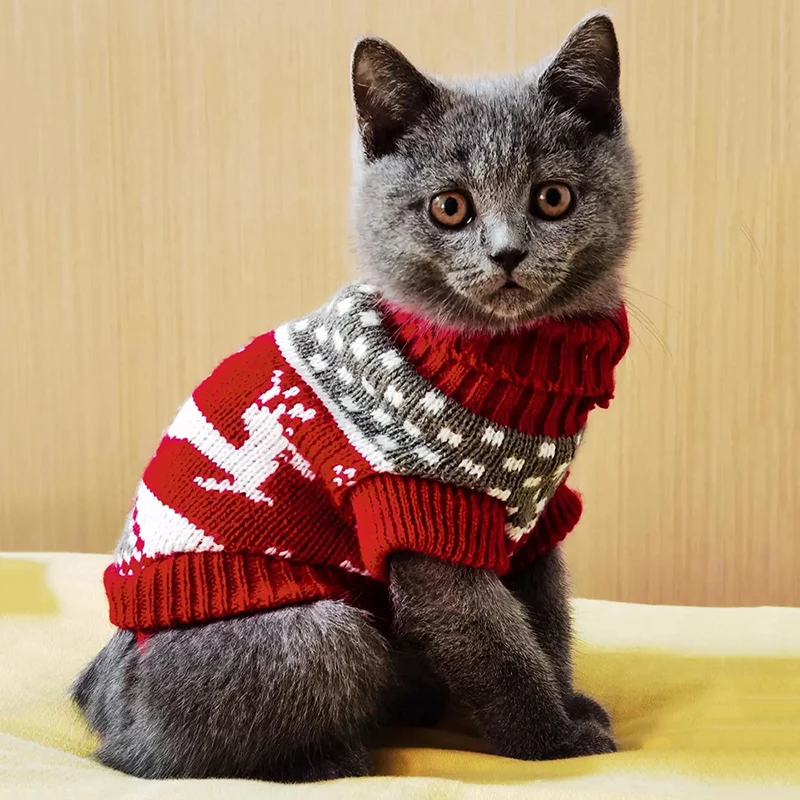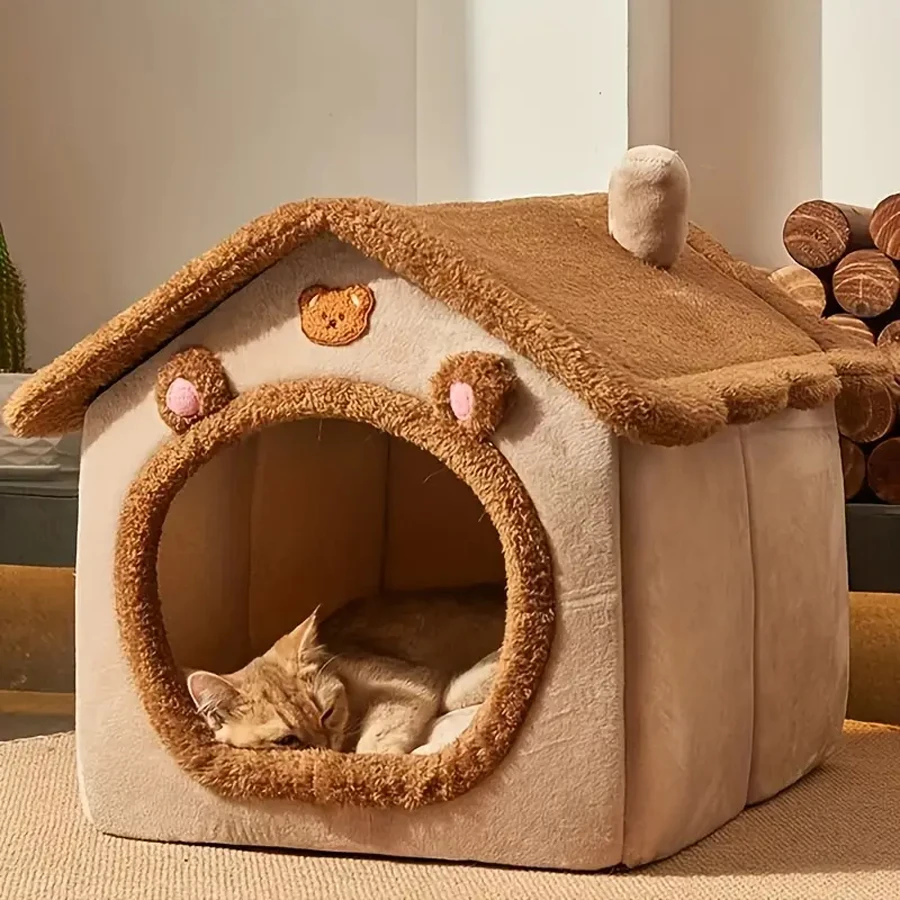The Feline Innovators of Agricultural Practices: Cats and Their Historical Influence on Farming
- 2 Comments
In the annals of agricultural history, cats have played an often-overlooked yet pivotal role in shaping the development of farming practices across the world. As humanity transitioned from nomadic lifestyles to settled agricultural communities, the presence of cats became an indispensable asset to the burgeoning agrarian societies. These feline companions, initially attracted to the grain stores that accompanied human settlements, soon proved to be natural allies in protecting crops from the onslaught of rodents and pests.
The symbiotic relationship between cats and farmers emerged as a powerful force in agricultural success. In ancient Egypt, cats were revered and even deified for their role in safeguarding food supplies. The Egyptians understood that the cat’s prowess as a hunter meant fewer rodents to threaten their vital grain stocks. This protection ensured the stability and growth of early agrarian societies, making cats essential to the prosperity of the civilization.
As the agricultural revolution spread throughout the world, so too did the role of the cat. In medieval Europe, cats became a common sight in barns and fields, acting as the frontline defense against vermin. Their contribution to the preservation of crops was so significant that harming a cat was considered a serious offense, punishable by law in some regions. This cultural reverence highlights the deep-rooted appreciation for the feline’s contribution to agricultural stability.
In addition to pest control, cats have also influenced the development of sustainable farming practices. Their presence in fields and barns led to the natural reduction of pest populations, decreasing the need for chemical pesticides. This early form of biological pest control is a precursor to modern sustainable agriculture, where natural solutions are preferred over artificial interventions. Farmers today continue to employ cats as part of integrated pest management systems, recognizing their ecological benefits and cost-effectiveness.
The influence of cats extends beyond mere pest control. Their presence on farms has fostered a unique cultural dynamic, where the companionship of these animals is valued as much as their practical benefits. Cats have been woven into the fabric of rural life, inspiring countless tales and traditions that celebrate their place in the agricultural world. From folklore to art, the image of the farm cat has become an enduring symbol of rural life.
In recent years, the role of cats in agriculture has been further acknowledged through various studies and initiatives aimed at improving the well-being of farm cats. Organizations dedicated to animal welfare have worked to ensure that these indispensable workers receive the care and respect they deserve. Efforts have been made to provide veterinary services and shelter, ensuring that the feline population remains healthy and effective.
As agriculture continues to evolve in response to global challenges, the role of cats remains a constant. Their historical impact on farming practices serves as a reminder of the importance of maintaining a balanced ecosystem where natural solutions are integrated into modern agricultural methods. The enduring presence of cats on farms worldwide is a testament to their invaluable contribution to the survival and success of human societies.
In conclusion, while cats might not typically come to mind when considering the development of agricultural practices, their historical and ongoing influence cannot be understated. These remarkable animals have been silent partners in the quest for food security, demonstrating their enduring importance in the agricultural landscape. As stewards of the land strive for sustainable futures, the timeless partnership between cats and farmers continues to be a source of inspiration and innovation.

In the annals of agricultural history, cats have played an often-overlooked yet pivotal role in shaping the development of farming practices across the world. As humanity transitioned from nomadic lifestyles to settled agricultural communities, the presence of cats became an indispensable asset to the burgeoning agrarian societies. These feline companions, initially attracted to the grain stores that accompanied human settlements, soon proved to be natural allies in protecting crops from the onslaught of rodents and pests.
The symbiotic relationship between cats and farmers emerged as a powerful force in agricultural success. In ancient Egypt, cats were revered and even deified for their role in safeguarding food supplies. The Egyptians understood that the cat’s prowess as a hunter meant fewer rodents to threaten their vital grain stocks. This protection ensured the stability and growth of early agrarian societies, making cats essential to the prosperity of the civilization.
As the agricultural revolution spread throughout the world, so too did the role of the cat. In medieval Europe, cats became a common sight in barns and fields, acting as the frontline defense against vermin. Their contribution to the preservation of crops was so significant that harming a cat was considered a serious offense, punishable by law in some regions. This cultural reverence highlights the deep-rooted appreciation for the feline’s contribution to agricultural stability.
In addition to pest control, cats have also influenced the development of sustainable farming practices. Their presence in fields and barns led to the natural reduction of pest populations, decreasing the need for chemical pesticides. This early form of biological pest control is a precursor to modern sustainable agriculture, where natural solutions are preferred over artificial interventions. Farmers today continue to employ cats as part of integrated pest management systems, recognizing their ecological benefits and cost-effectiveness.
The influence of cats extends beyond mere pest control. Their presence on farms has fostered a unique cultural dynamic, where the companionship of these animals is valued as much as their practical benefits. Cats have been woven into the fabric of rural life, inspiring countless tales and traditions that celebrate their place in the agricultural world. From folklore to art, the image of the farm cat has become an enduring symbol of rural life.
In recent years, the role of cats in agriculture has been further acknowledged through various studies and initiatives aimed at improving the well-being of farm cats. Organizations dedicated to animal welfare have worked to ensure that these indispensable workers receive the care and respect they deserve. Efforts have been made to provide veterinary services and shelter, ensuring that the feline population remains healthy and effective.
As agriculture continues to evolve in response to global challenges, the role of cats remains a constant. Their historical impact on farming practices serves as a reminder of the importance of maintaining a balanced ecosystem where natural solutions are integrated into modern agricultural methods. The enduring presence of cats on farms worldwide is a testament to their invaluable contribution to the survival and success of human societies.
In conclusion, while cats might not typically come to mind when considering the development of agricultural practices, their historical and ongoing influence cannot be understated. These remarkable animals have been silent partners in the quest for food security, demonstrating their enduring importance in the agricultural landscape. As stewards of the land strive for sustainable futures, the timeless partnership between cats and farmers continues to be a source of inspiration and innovation.









2 thoughts on “The Feline Innovators of Agricultural Practices: Cats and Their Historical Influence on Farming”
The post overlooks the multifaceted roles of cats, focusing too narrowly on pest control without acknowledging broader historical and cultural contexts.
It’s great to see your interest in the broader historical and cultural roles of cats. Indeed, they have been significant not only as pest controllers but also as symbols in various cultures and companions in rural life. Their multifaceted contributions certainly add depth to their historical importance.